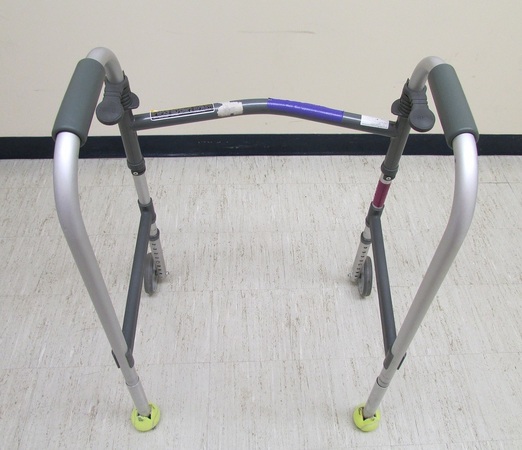
The global market for rheumatoid arthritis treatments is expected to grow at a CAGR of...
Learn More
Our consulting solutions address company specific challenges with respect to micro environment...
Learn More
Organizations frequently need day-today research guidancein order to gain strategic...
Learn More
Exploring different areas of market research and market analysis is a key factor...
Learn MoreAcute Market Reports presents the most extensive global business research services across industries. Our research studies focus on potential outcomes, benefits, and risks associated with each market segment across geographies. Having served our global clients for more than 10 years, our prime priority is to enable our clients in making well-informed business decisions through a data-driven, analytical, and uncomplicated research approach.
We provide access to the world's most comprehensive, analytical, and updated business intelligence services and solutions.




The elderly walker market is witnessing steady growth in terms of market revenue and is expected to exhibit a positive CAGR 7% during the forecast period of 2025 to 2033. Elderly walkers, also known as mobility aids or rollators, are specially design...
Read More
The ferrocene market is expected to grow at a CAGR of 6% during the forecast period of 2025 to 2033. Growing environmental consciousness and stringent environmental regulations are increasing the use of fuel additives and, consequently, ferroce...
Read More
The thermal paper market is expected to witness a CAGR of 4.1% during the forecast period of 2025 to 2033, fueled by a multitude of factors. The thermal paper market has been driven by the adoption of POS systems, the growth of e-commerce and shippin...
Read More




